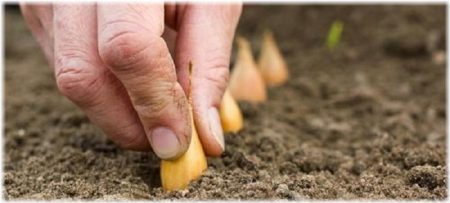 The influence of the moon on planting can be treated differently. Someone focuses only on folk signs and their own experience, considering that everything else is stupidity and obscurantism. Someone takes the influence of the Moon very seriously on all processes occurring in plants, and prefers to know exactly when to plant onions in the winter in 2016 according to the lunar calendar.
The influence of the moon on planting can be treated differently. Someone focuses only on folk signs and their own experience, considering that everything else is stupidity and obscurantism. Someone takes the influence of the Moon very seriously on all processes occurring in plants, and prefers to know exactly when to plant onions in the winter in 2016 according to the lunar calendar.
You may have your own opinion on this subject, unlike other opinions, but I hope that the information below will be useful for you. Important information on the processing of onion seeds from pests.
Bow on your site
Onions are probably one of those plants that grow everything, regardless of the size of the plot, their own experience in breeding cultivated plants, etc. And this is natural! It is believed that onions specifically, as they say, "in culture", began to be grown more than five thousand years ago. This plant has almost a thousand varieties that grow in a variety of climatic and environmental conditions. The most commonly used varieties of onions include onions, Bulgarian, shallots, batun, slime, leek, branched, chives, etc. Onions vary in taste, color, size, ripening speed, long-term storage, resistance to disease and pests.
Advice! In order for the onions to produce good harvests, carrots and beets, all kinds of lettuce and spinach, cucumbers and radishes, and strawberries are considered the best neighbors in the garden. But spinach and leguminous plants next to onions are not recommended to be planted.
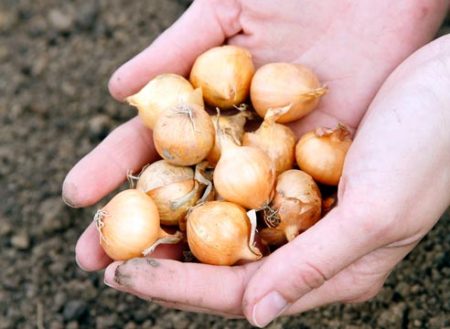
In the same place, it is not recommended to plant onions for more than 2 years in a row. This is fraught with infection with an onion fly, nematodes and other diseases and pests. Because of this, do not plant onions after alfalfa and red clover, potatoes, celery or parsley. An onion crop is plentiful, which was planted after legumes, tomatoes, any kind of cabbage, tomatoes, lettuce, cucumbers, corn, beets, grains (but not after oats!).
When to plant onions in the winter in 2016
If you are guided by the phases of the moon in gardening, then the recommended numbers when planting onions in the winter in 2016 according to the lunar calendar are September 19, 24 and 30, October 3, 4 and 13, and also November 24. The most experienced gardeners are guided by the average daily air temperature. If a street thermometer stubbornly shows about +50 C for several days already - it's time to plant onions in the winter!
Important! Before the start of stable cold weather onion must have time to grow the root system, but at the same time should not give abundant "tips". Plant earlier - he will have time to pick up greens, but in the spring it is guaranteed "will go to the arrow".
How to prepare land for planting a winter onion
A bow cannot boast of a powerful root system. Therefore, you need to think carefully before you designate a piece of the garden as a future garden for onions for the winter. The most suitable for planting onions is light soil with a high content of humus and sand, a permissible low clay content. In a wet area, from which the water of a decent onion crop leaves poorly, one cannot expect. It is good if on at least one side the onion bed from the chill winds is protected by tall plants or bushes. Prefer the piece of land where snow begins to melt first in spring.
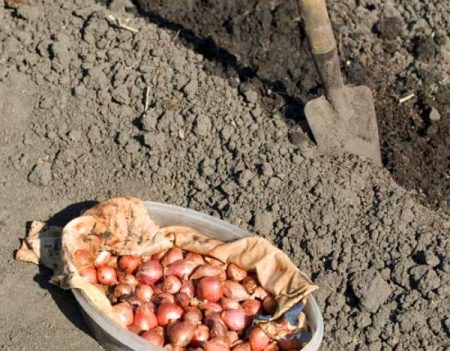
The soil under the onion bed is dug up, preferably with humus or the application of mineral fertilizers (observe the dosage!). Just before the onion planting, it is nice to sprinkle the area lightly with ash (10 g of ash per 1 m2 of land).
How to prepare onions for landing
Bulbs before planting need to be sorted and calibrated, that is, sorted by size. This is done so that on the beds the development of the bulbs occurs more or less evenly. Bulbs on which mechanical damage is observed, or traces of a fungus or mold are present are not recommended to be planted.
Onion planting options
Planting onions in grooves with a depth of 5-7 cm is considered optimal. The distance between the bulbs is 7-10 cm. The distance between the rows of onions is at least 20 cm. After all, you will have to weed it in the spring, remove weeds and loosen it. Important pick onion on time from the garden.
Winter onion care after planting
Furrows with onions are covered with earth and slightly “slammed”. If it has not rained in time, then after 10-12 days, the area with onions can be slightly moistened. With the first frost, you should take care of onion plantings: cover with dry plants or straw, hay or pine needles, spruce branches or dry leaves. Above you can lay branches cut from trees in the garden. On the one hand, this will not allow the wind to sweep away what the onions are covered with, on the other hand, it will serve as snow retention, which will prevent the onions from freezing out in severe frosts, and will provide sufficient moisture in the spring.
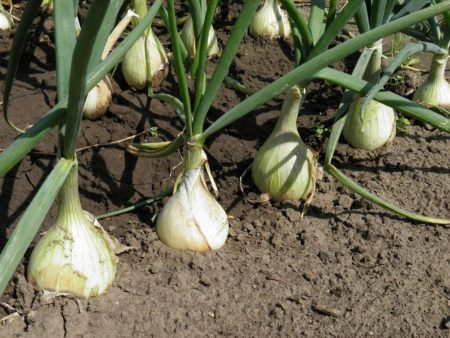
As soon as the snow melted and the earth began to warm up actively, the bow will immediately release the first green arrows. From this time, you can remove what mulched (covered) the soil in the beds, sprinkle them with ash a little and loosen the soil. After each watering or rain, it is advisable to loosen the onion in the beds, he really likes it.
Remember to clean the weeds. To protect onion crops from pests without the use of chemistry, plant marigolds (Chernobrivtsi) around the site and even between rows. Their specific smell drives away a malicious onion fly.
Important! Onions planted in the winter ripens a month and a half before their counterparts planted in the spring.
What varieties of onions are best planted in the winter
When to plant onions in the winter in 2016 according to the lunar calendar can be important. But more importantly, which variety are you using for this purpose. The main thing is that it be a regionalized variety, that is, the one that is most often grown in your area. For Central Russia, give preference to the varieties Arzamassky, Rubin, Mouzon, Tamara, Robin, Strigunovsky, Black Prince, Stuttgart, Buran, Siberian annual, etc.

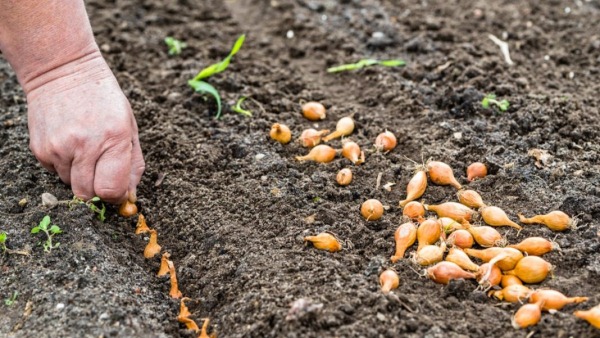
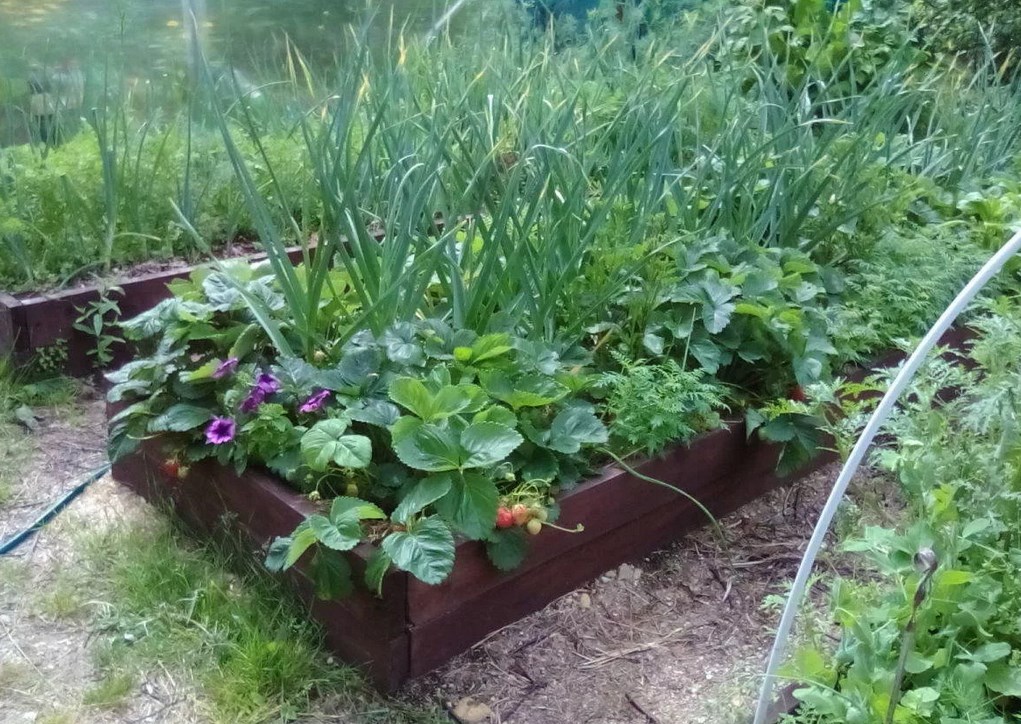
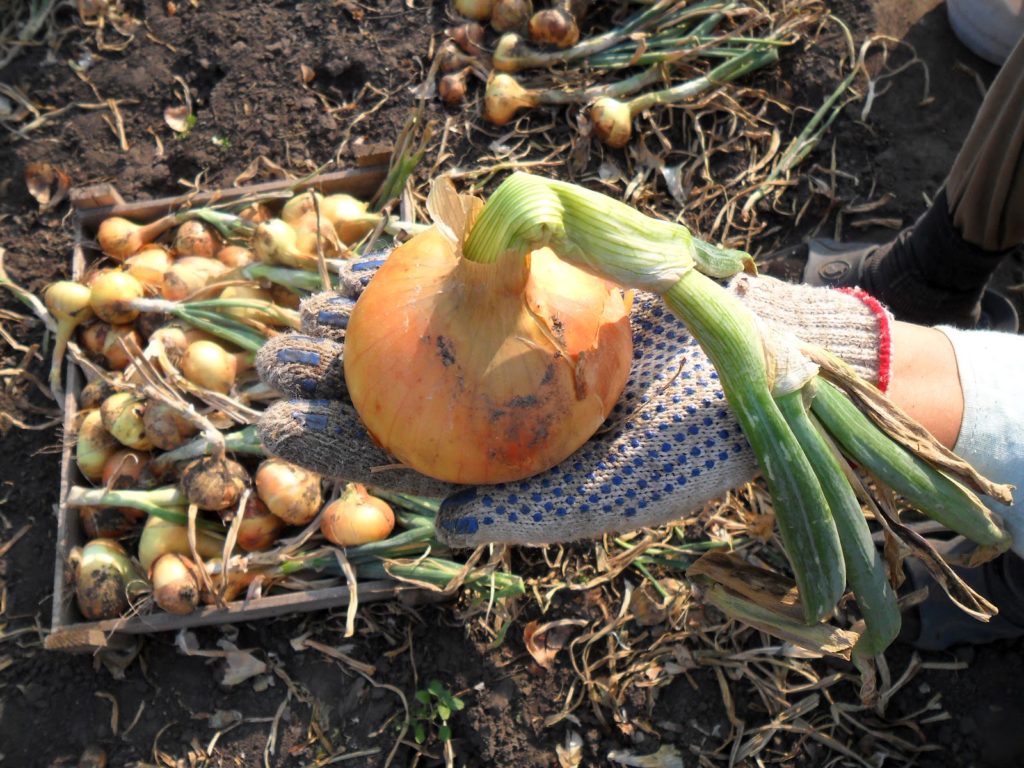
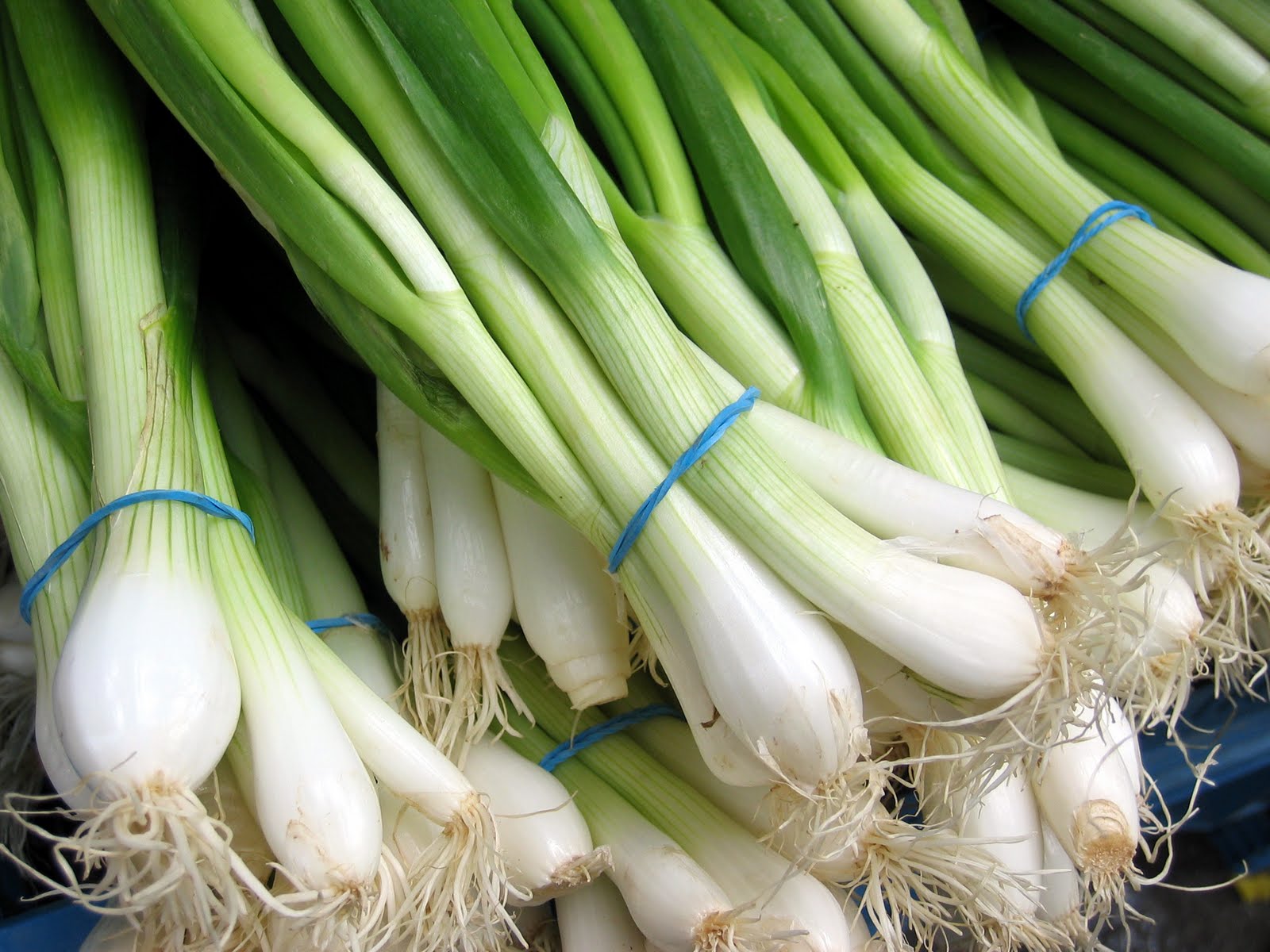 Growing onions on a feather in a greenhouse in winter
Growing onions on a feather in a greenhouse in winter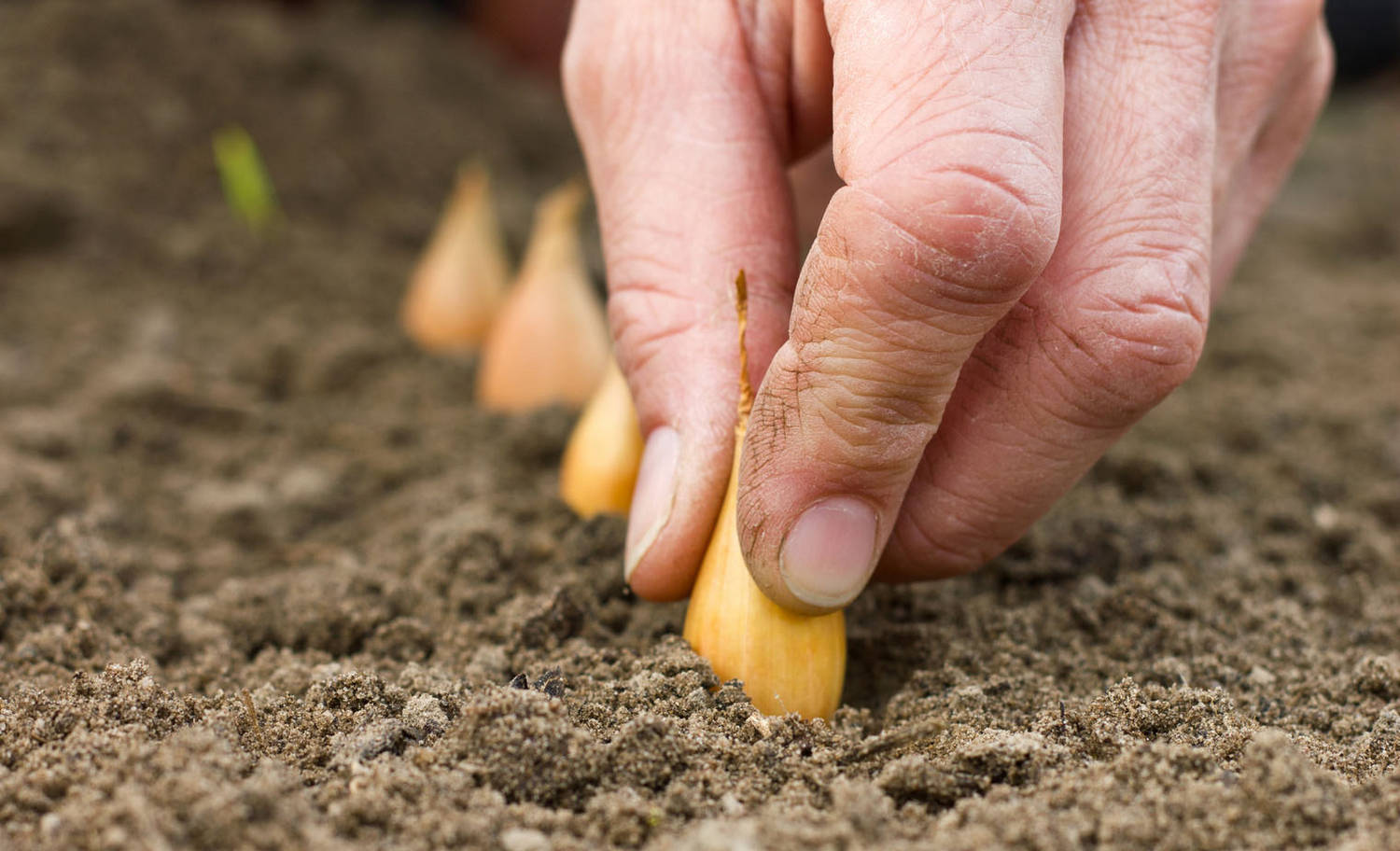 Planting onions in winter in the open ground
Planting onions in winter in the open ground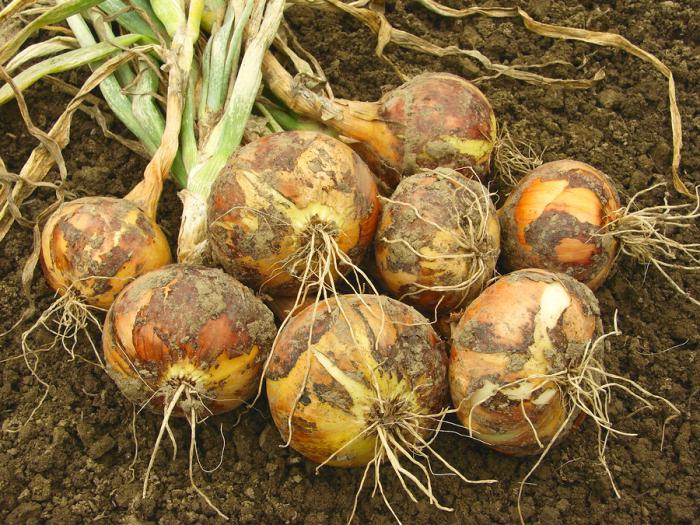 How to feed onions so that the bulbs beat large
How to feed onions so that the bulbs beat large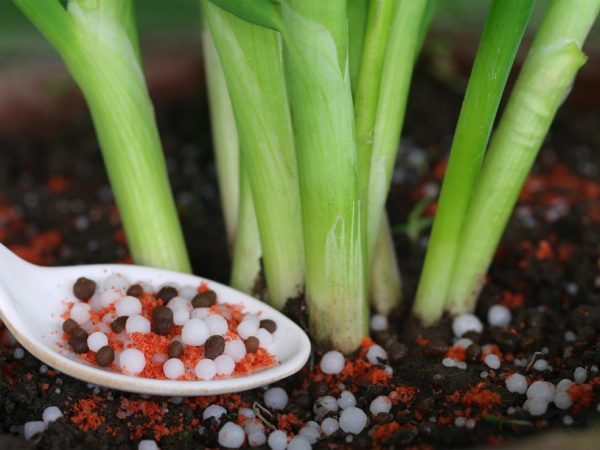 How to feed onions in spring and summer to get a good harvest?
How to feed onions in spring and summer to get a good harvest?